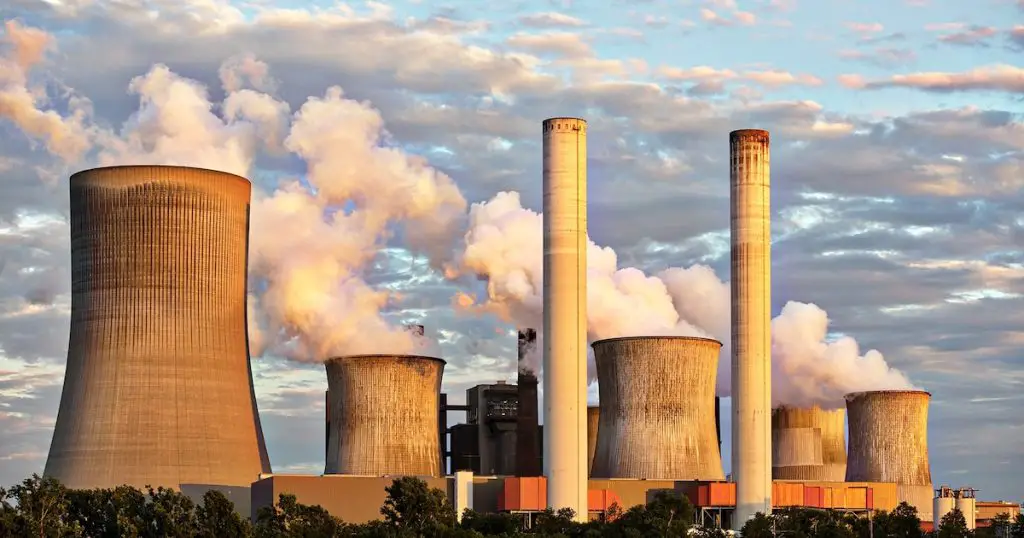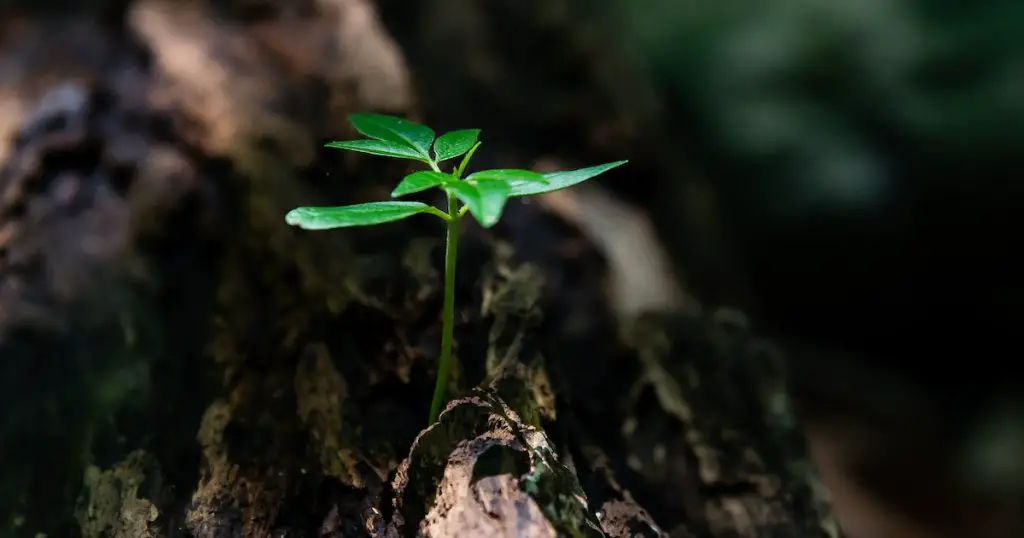Nestled in the mountains of central Arizona, Prescott is a town cherished for its scenic beauty, outdoor activities, and rich history. But today, this idyllic setting faces an existential threat: climate change.
The effects of climate change on Prescott’s environment are not only alarming but also rapidly escalating. In this in-depth analysis, we’ll unravel the multifaceted impacts of climate change on Prescott, from its local ecosystems and water bodies to socio-economic repercussions.

By shedding light on the severity and immediacy of the issue, we hope to stir collective action and inspire sustainable practices.
Historical Climate Patterns in Prescott
Once known for its mild seasons and predictable weather, Prescott has been experiencing significant changes in climate patterns over the years. Historic meteorological data paints a stark picture of the escalating situation. It’s not just a local phenomenon; it’s reflective of the broader global climate crisis.
Weather data repositories such as the National Oceanic and Atmospheric Administration (NOAA) corroborate the undeniable alterations in temperature, precipitation patterns, and frequency of extreme weather events. Although scientists have long warned of climate change’s sweeping effects, we’re now witnessing its concrete manifestations in Prescott’s localized conditions.
Changing Weather Conditions
Residents and visitors in Prescott have been witnessing a noticeable shift in weather patterns over the past few years. Summers are hotter and more prolonged, while winters are becoming milder. These changes are more than just inconvenient; they are signs of a climate in flux.
The disruption of the natural weather cycle has multiple consequences, from increased risks of wildfires due to prolonged dry spells to unexpected flash floods from irregular, intense rainfall.
Furthermore, these changing conditions can strain local resources like water supply and emergency services, requiring both residents and authorities to adapt to a new and increasingly unpredictable environmental reality.
Rising Temperatures
The dog days of summer in Prescott are getting hotter and lasting longer. We’ve seen record-breaking temperatures in recent years, which are making residents uneasy. This is not just an inconvenience; rising temperatures pose a severe threat to public health. Heat-related illnesses such as heat strokes and dehydration are becoming more frequent.
Urban Heat Islands are not a new concept, but Prescott has been experiencing a phenomenon akin to this. Urban areas tend to be hotter due to human activities and lack of vegetation, leading to localized temperature increases. This exacerbates the problems associated with rising temperatures, such as increased energy consumption for cooling.
Erratic Rainfall
Rainfall in Prescott has become a topic of concern. Traditionally moderate rainfall patterns have now turned erratic, posing various challenges. One side of the coin reveals torrential downpours leading to flash floods. These floods are not only a danger to human lives but also cause extensive property damage.
On the flip side, Prescott also experiences periods of drought, leading to water scarcity issues. Our reliance on consistent rainfall for agriculture and water supply is being put to the test. Moreover, the situation is further worsened by competing water needs from growing populations and industrial activities.
Impact on Local Ecosystems

The changing climate has severe repercussions for Prescott’s local ecosystems, affecting both plant and animal species native to the area. Unpredictable weather patterns, increased temperatures, and water scarcity are causing habitat loss and altering the natural life cycles of many species.
For instance, local flora like the Ponderosa pine are showing stress due to hotter and drier conditions. Animal species, particularly those that are already endangered or sensitive to environmental changes, are facing even greater threats to their survival.
The cascading effect of these ecological disruptions is not just a loss in biodiversity but also an imbalance that could take years, if not decades, to rectify. Therefore, understanding and mitigating the effects of climate change on Prescott’s ecosystems is crucial not only for the conservation of the area but for its holistic well-being.
Flora: The Silent Sufferers
The delicate balance of Prescott’s local flora is at stake due to the changing climate. Native plants that have adapted to Prescott’s specific conditions are struggling to survive. Some are even on the brink of extinction. These native species serve as a foundation for the local ecosystem and losing them would have cascading effects.
Invasive species find the changing conditions in Prescott to be a conducive environment. These alien plants outcompete native flora, disrupting the ecological balance. In addition, the increased frequency and severity of forest fires further put the local vegetation under stress.
According to the US Forest Service, the risk of wildfires has significantly escalated in the past decade, owing much to climate-induced changes.
Fauna: Disturbed Habitats
Native animals of Prescott are also feeling the heat of climate change. From small insects to larger mammals, altered weather patterns and habitats are causing a ripple effect. Species that were once abundant are now becoming scarce, disrupting the area’s biodiversity.
Birds and other migratory species are particularly affected. Migratory patterns are being altered, confusing birds and causing them to arrive either too early or too late, missing optimal conditions for nesting and food availability.
Pollinators such as bees are also suffering. According to National Geographic, these tiny creatures play a massive role in the ecosystem and their decline can have far-reaching consequences.
Water Resources
Water is the essence of life, and its scarcity in Prescott is a worrying sign. Local water bodies like lakes and rivers are diminishing at an alarming rate. This not only affects the aesthetic beauty of the town but also has practical implications for water supply and recreational activities.
Groundwater, often considered the invisible lifeline, is under severe stress. Excessive pumping for agricultural and domestic use is depleting these reserves faster than they can be replenished. As Water.org has pointed out, water scarcity is a global crisis, and it’s making its presence felt in Prescott too.
Air Quality
As the climate changes, so does the air we breathe. Elevated temperatures and increased pollution are creating a toxic mix, adversely affecting air quality in Prescott. Smog, allergens, and particulates are becoming a common sight, posing a risk to respiratory health.
A multitude of factors contribute to this deterioration. From vehicular emissions to industrial pollutants, the air quality is compromised from multiple sources. While local policies aim to curb emissions, they often fall short of making a meaningful impact.
However, organizations like the Environmental Protection Agency offer guidelines and resources to educate the public and local governments about improving air quality.
Socio-Economic Effects
The effects of climate change on Prescott’s environment have ripple effects that extend to the socio-economic fabric of the community. From the agriculture sector grappling with irregular weather patterns to the tourism industry facing a decline in visitor numbers, the economic implications are significant.
Moreover, these challenges are not just isolated events but are interwoven with social issues like public health risks and community well-being. The changing climate is forcing us to rethink our lifestyles, economic choices, and even our long-term sustainability plans for Prescott.
As the environment undergoes drastic changes, adapting to this new normal is not just advisable but essential for the continued socio-economic stability of the area.
Agriculture
Climate change is silently altering the landscape of Prescott’s agriculture. Once fertile lands are now struggling to yield crops, causing financial distress among farmers. Water scarcity and unpredictable weather patterns are two major culprits.
- The increasing cost of fertilizers and irrigation
- Dependence on weather forecasts that are often inaccurate

Innovation in agriculture is not just an option but a necessity. From drought-resistant crops to smart irrigation systems, adaptation strategies are being developed to sustain this crucial sector.
Tourism
Tourism is a significant part of Prescott’s economy, but climate change is casting a dark shadow over it. With increasingly intolerable summers and fewer snowfalls in winter, the tourist season is undergoing a noticeable shift.
Visitors are opting for different destinations, resulting in declining revenues for local businesses. The attractions that once made Prescott a tourist magnet are now losing their luster. Be it the captivating lakes or the picturesque trails, the changing climate is altering the very features that define Prescott.
Community Response
Local government initiatives in Prescott are starting to acknowledge the climate crisis. While some strategies have been rolled out, the efficacy of these initiatives remains to be seen. However, it’s clear that a collaborative effort is needed to mitigate the consequences.
Grassroots movements are playing a pivotal role in raising climate awareness. From tree-planting drives to community workshops, the spirit of activism is alive. Public awareness programs are vital for fostering a culture of responsibility and action.
Resources like Climate Central offer educational materials that help people understand and engage with climate issues at a local level.
What Can You Do?
Wondering how you can contribute? Reducing your personal carbon footprint is a step in the right direction. Simple lifestyle changes can make a significant impact.

Additionally, supporting local sustainability initiatives and advocating for policy changes are ways to make your voice heard.
FAQs:
In this section, we will be delving into some of the most common inquiries and curiosities that surround our topic.
Is Prescott experiencing an increase in natural disasters due to climate change?
Yes, the frequency of natural disasters such as wildfires and flash floods has increased in recent years. This escalation is largely attributed to the changing climate. Prolonged periods of drought create ripe conditions for wildfires, while erratic rainfall leads to sudden and intense flooding. Local authorities and emergency services are working to adapt to these new challenges, but community awareness and preparedness are also essential.
What is the local government doing about water scarcity?
The local government in Prescott is taking multiple steps to address the issue of water scarcity. This includes investments in water conservation programs, regulations on water usage, and initiatives to recharge groundwater. They are also encouraging the use of drought-resistant plants in landscaping and exploring the feasibility of water recycling systems.
How can residents prepare for the changing climate conditions?
Residents can prepare by staying informed about the latest climate trends and emergency protocols. Simple actions like conserving water, using energy-efficient appliances, and planting native species in gardens can make a difference. On a community level, joining or supporting local environmental organizations can amplify your impact. Educational resources like those provided by Climate Central can help residents understand the local climate risks and appropriate actions to take.
Are there any community groups focused on climate activism?
Yes, there are several grassroots organizations in Prescott that focus on climate activism. These groups engage in a range of activities from tree-planting and clean-up drives to educational seminars and lobbying for sustainable policies. Getting involved in these community initiatives can be a powerful way to contribute to mitigating the effects of climate change.
What are some resources for staying updated on Prescott’s climate?
Staying updated on Prescott’s climate situation can be done through a variety of channels. Local news outlets often cover environmental stories and updates. Organizations like the Environmental Protection Agency and NOAA provide comprehensive reports and forecasts. Social media platforms are also a good way to follow climate-related news and discussions specific to Prescott.
Summary
Climate change is not just a buzzword; it’s a reality that is affecting the natural beauty, resources, and livelihoods in Prescott. From fluctuating weather patterns and diminishing water bodies to a stressed ecosystem, the impacts are both tangible and wide-ranging.
While local government and community-based initiatives are sprouting up to address these urgent issues, it’s crucial for every individual to participate in the fight against climate change. Our future depends on collective action, informed choices, and sustainable practices.
From this exhaustive look into the myriad ways climate change is altering Prescott’s environment, one thing is clear: time is of the essence. Ignorance is no longer an option, and neither is inaction. The current situation demands a collaborative, multifaceted approach to mitigate impacts and adapt to the new normal.
Prescott’s future could look very different if we don’t act now. Let’s not wait until our beloved town becomes another cautionary tale. The alarm bells are ringing, and it’s time to answer the call. Whether you are a resident, policy-maker, or just a concerned citizen, you have a role to play. Our collective efforts can still make a difference.
So the next time you enjoy a beautiful sunset over the mountains or take a sip from your water bottle, remember that preserving such simple joys for future generations requires us to act today.
Whether you’re a Prescott resident or a visitor who loves this charming town, remember: the fight against climate change begins at home, and it begins with you.



Leave a Comment
You must be logged in to post a comment.